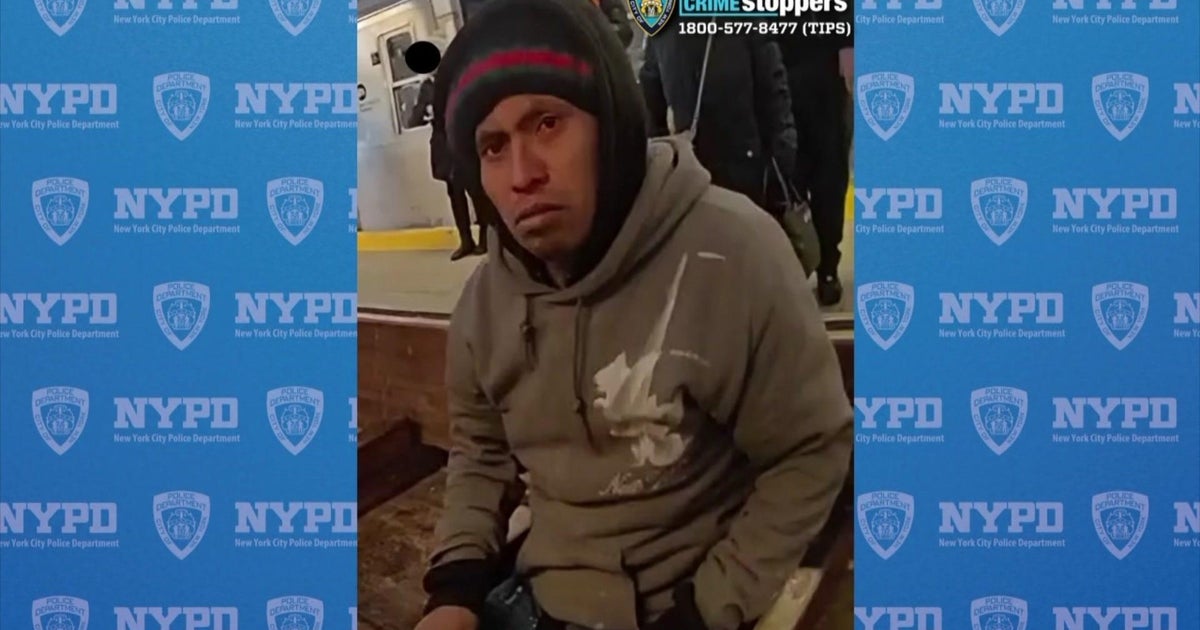What Turns A Young Man Into A Killer?
NEW YORK (CBSNewYork) -- As investigators continue to search for a motive in the shootings at Sandy Hook Elementary School -- and piece together who Adam Lanza was -- many people are simply asking the question, "why?"
Dr. Patricia Saunders, a clinical and forensic psychologist, stopped by The Couch to try and explain the mindset of a killer.
But as Dr. Saunders points out, there's really no use in that.
"It's really beyond our capacity to empathize, to put ourselves in the shoes of someone who would do something like this," she said. "We try and explain it and come up with all kinds of stories and theories, and that's why there's been so much media coverage with carnage that is beyond our understanding."
With reports of Adam Lanza's possible autism or Asperger's syndrome, some are pointing to the developmental issue as a reason behind the shooting.
Dr. Saunders said there is no connection.
More: Expert Says Asperger's Unfairly Scapegoated For School Massacre
"We should not be bringing [the reports of autism or Asperger's syndrome] up," she said. "I've worked with Asperger's and autistic young adults, and there's absolutely no correlation between having that developmental syndrome and violence. And there isn't any real evidence...that he had this syndrome."
Lanza has been described as withdrawn, shy and basically scared of the world around him. But according to Dr. Saunders, last Friday's shooting wasn't an episode of him "snapping."
"The very concept of 'snapping' is really a misleading one," she said. "Nobody snaps. What happens is that there's things are going on underground in the person's mind, if you will, and it reaches a point like a tidal wave, where it just bursts," Dr. Saunders said. "But the whole notion of 'snap' is one of the ways we try to understand events like this that our beyond our comprehension."
A lot of people are comparing Adam Lanza to James Holmes, the accused killer in the Aurora shooting, noting a similarity in their age and lifestyle - not having much interaction with other people, lack of social skills. As Dr. Saunders points out, all the people behind the mass shootings in recent memory are all male, between the ages of 20 and 29.
"[They] tend to be loners, tend to be isolated," she said. "When we do profiling, what we see on television is a myth. It's really scientifically-based on their behavior, on measured personality traits."
These are kids who fall into the shadows, kids that don't have friends, kids that isolate. This is what makes these types of shootings nearly impossible to predict.
"It's really hard to find signs with mass killers," she said. "What we do know is that schools don't generally look at the kids who hide in the shadows. They look at the bullies, they look at the kids who are real significant behavior problems. And they just figure this kid is shy, he'll grow out of it.



